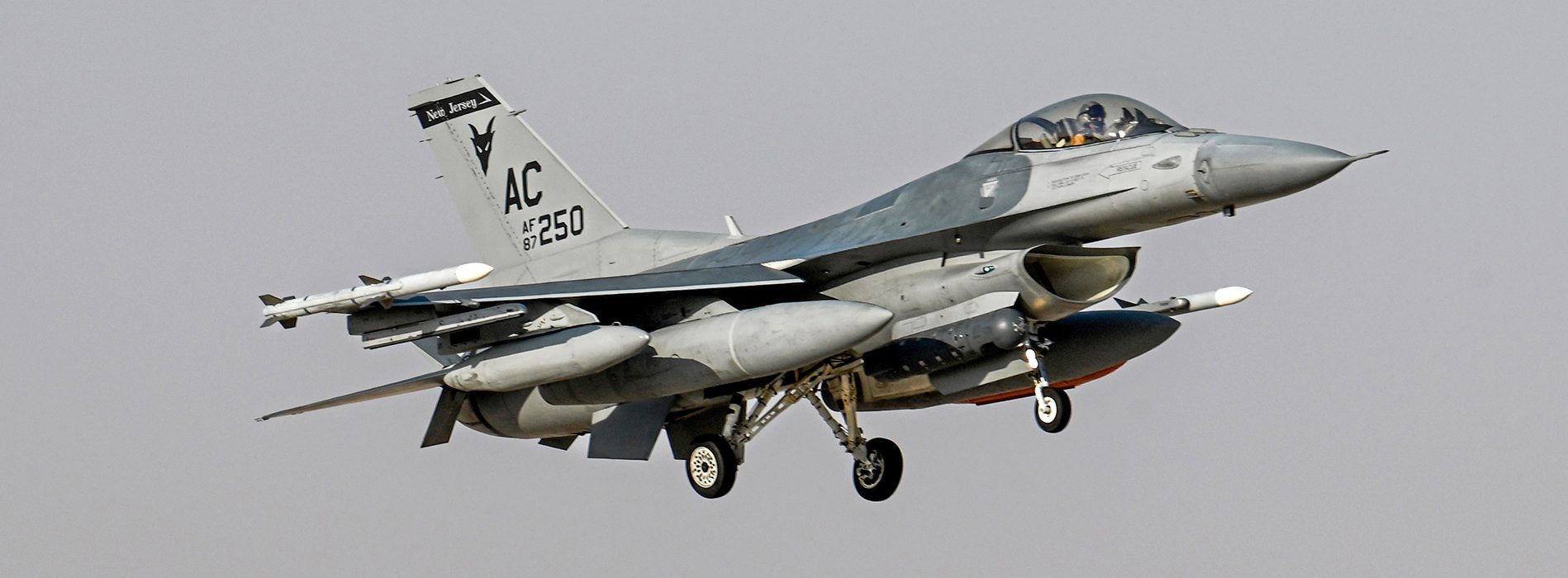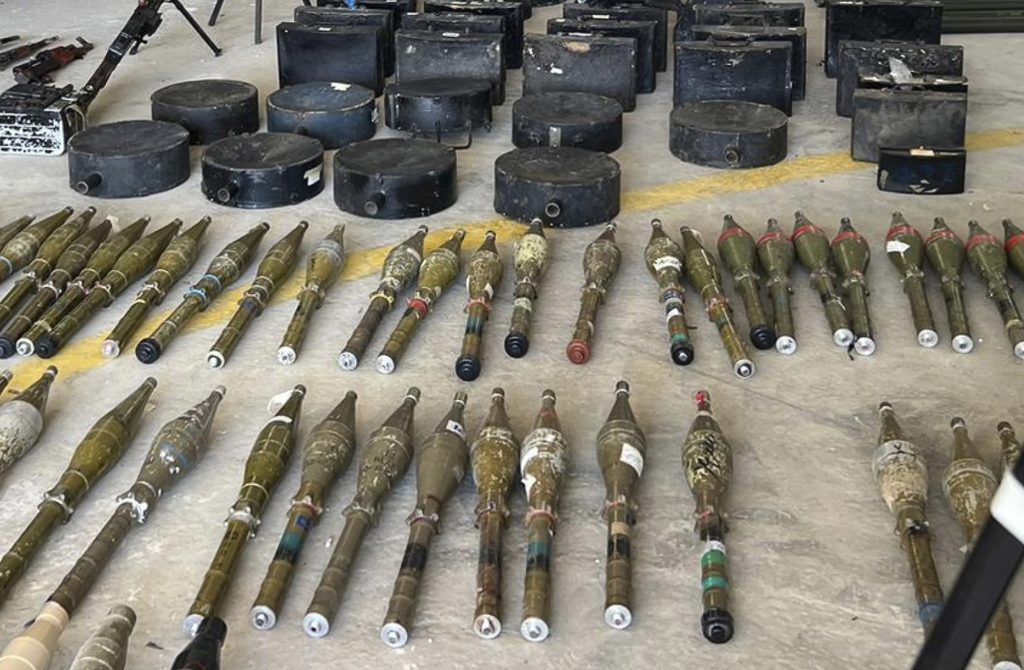By Chris Gordon
In the wake of Hamas’ attack on Israel, U.S. forces mobilized to try to deter any expansion of the war to other fronts, in particular Israel’s northern border with Lebanon, where Hezbollah militants aligned with Iran—which analysts believe coordinated and funded the Oct. 7 attack—skirmished with Israeli border forces.
F-15Es arrived from RAF Lakenheath, in the U.K., as U.S. A-10 Thunderbolt IIs from the 354th Fighter Squadron at Davis-Monthan Air Force Base, Ariz., and F-16 Fighting Falcon multirole fighters flew into the region, the Gerald R. Ford carrier battle group deployed to the Eastern Mediterranean and the carrier Dwight D. Eisenhower was ordered to the Persian Gulf. Air Force F-35 Lightning II stealth fighters are among additional capabilities that were gearing up to deploy.
“The U.S. military is committed to the enduring safety and security across the Middle East,” AFCENT commander Lt. Gen. Alexus G. Grynkewich said in an Oct. 13 statement. “By posturing advanced fighters and integrating with joint and coalition forces, we are strengthening our partnerships and reinforcing security in the region.”
U.S. Secretary of Defense Lloyd J. Austin III arrived in Israel on Oct. 13 to meet with Israel’s Prime Minister Benjamin Netanyahu, Minister of Defense Yoav Gallant, and their newly formed coalition war Cabinet.
“We’ve augmented U.S. fighter aircraft squadrons in the Middle East, and the U.S. Department of Defense stands fully ready to deploy additional assets, if necessary,” Austin said during a press conference in Israel on Oct. 13.
In addition to the Air Force fighters, the carriers air wings offer additional airpower and are accompanied by cruise missile-carrying warships.
U.S. aircraft and ships saw increased drone and missile activity and over the past month shot down multiple threats in the region.
The destroyer USS Carney, steaming in the northern Red Sea, shot down three cruise missiles and several drones on Oct. 19, launched by Iranian-backed Houthi rebels in Yemen and believed to be heading toward Israel, the Pentagon said.
“This action was a demonstration of the integrated air and missile defense architecture that we have built in the Middle East and that we are prepared to utilize whenever necessary to protect our partners and our interests in this important region,” Pentagon Press Secretary Air Force Brig. Gen. Patrick S. Ryder said.
The Pentagon also disclosed additional drone attacks against U.S. forces at the Al Tanf Garrison, a base in southeast Syria used by American troops and their Syrian partners. “U.S. and coalition forces engaged one drone, destroying it, while the other drone impacted the base, resulting in minor injuries to coalition forces,” Ryder said, of the Oct. 18 incident.
“This is an uptick in terms of the types of drone activity we’ve seen in Iraq and Syria,” Ryder said. “These small-scale attacks are clearly concerning and dangerous.”
Hamas Harbored Arms from North Korean
By Unshin Lee Harpley
South Korean officials and independent analysts spotted North Korean weaponry among arms used by Hamas in its Oct. 7 attack on Israeli civilians, including F-7 rocket-propelled grenades and 122 mm artillery shells. A video examined by the Associated Press also showed Hamas fighters with Pyongyang’s anti-tank missile.
Retired Maj. Gen. Larry Stutzriem, director of research at AFA’s Mitchell Institute for Aerospace Studies, said it shouldn’t be surprising that North Korean weapons were used in the attacks. “North Korea has been building its illicit arms sales for a long time,” he said. “The Intelligence Community has been watching this for decades, going back to the early 1990s. The way the regime has raised income is by selling … to the countries that are opposed to the allied democracies in the world.” He added that Iran probably facilitated the movement of the arms.
Pyongyang denied its weapons were involved in the attacks through its news agency, KCNA, but a North Korean state newspaper also published an article blaming Israel for its “persistent criminal acts against the Palestinian people.”
Rocket-propelled grenades (RPGs) are dual-use weapons, which “could be used to shoot at Israeli helicopters during landing, liftoff, or in hover,” Stutzriem said. “But what they really want to do is, if the Israelis go into Gaza, use the RPGs to attack mechanized vehicles that are carrying troops and weapons.”
In 2009, Israel reported a North Korean cargo plane seized in Thailand was en route to Hamas and Hezbollah, carrying over 35 tons of weaponry, including rockets and RPGs.
Stopping the regime from profiting through weapon sales is “very hard,” said Bruce Bennett, an international/defense researcher at the RAND Corp. “North Korea can send weapons on ships or aircraft going to Iran. And then Iran can send them forward into Egypt and then into Gaza,” Bennett said. “There are some things we could do to potentially intercept some of those ships, but as long as there are third-party ships or third-party aircraft, it’s difficult to interdict that kind of flow.”

